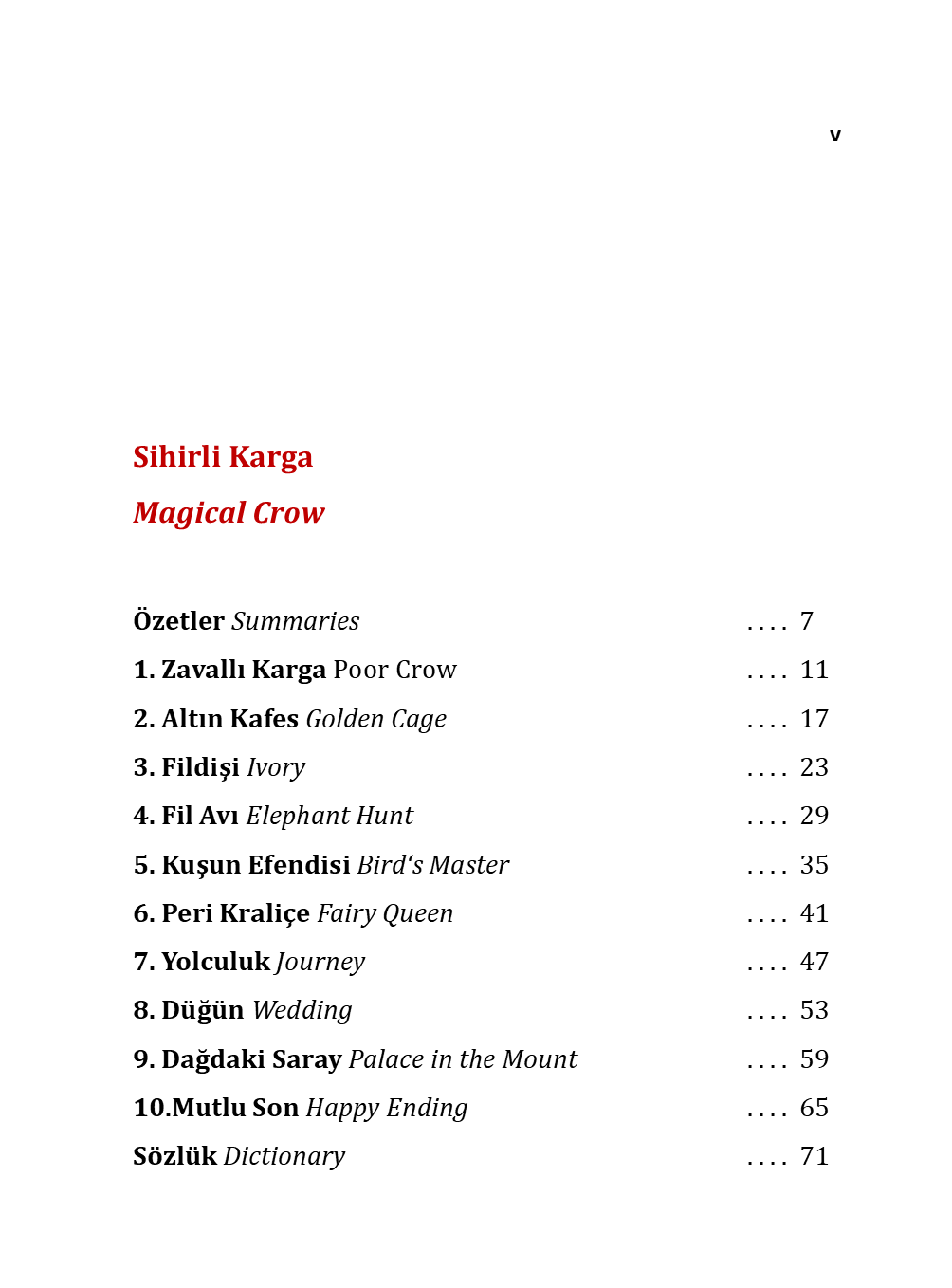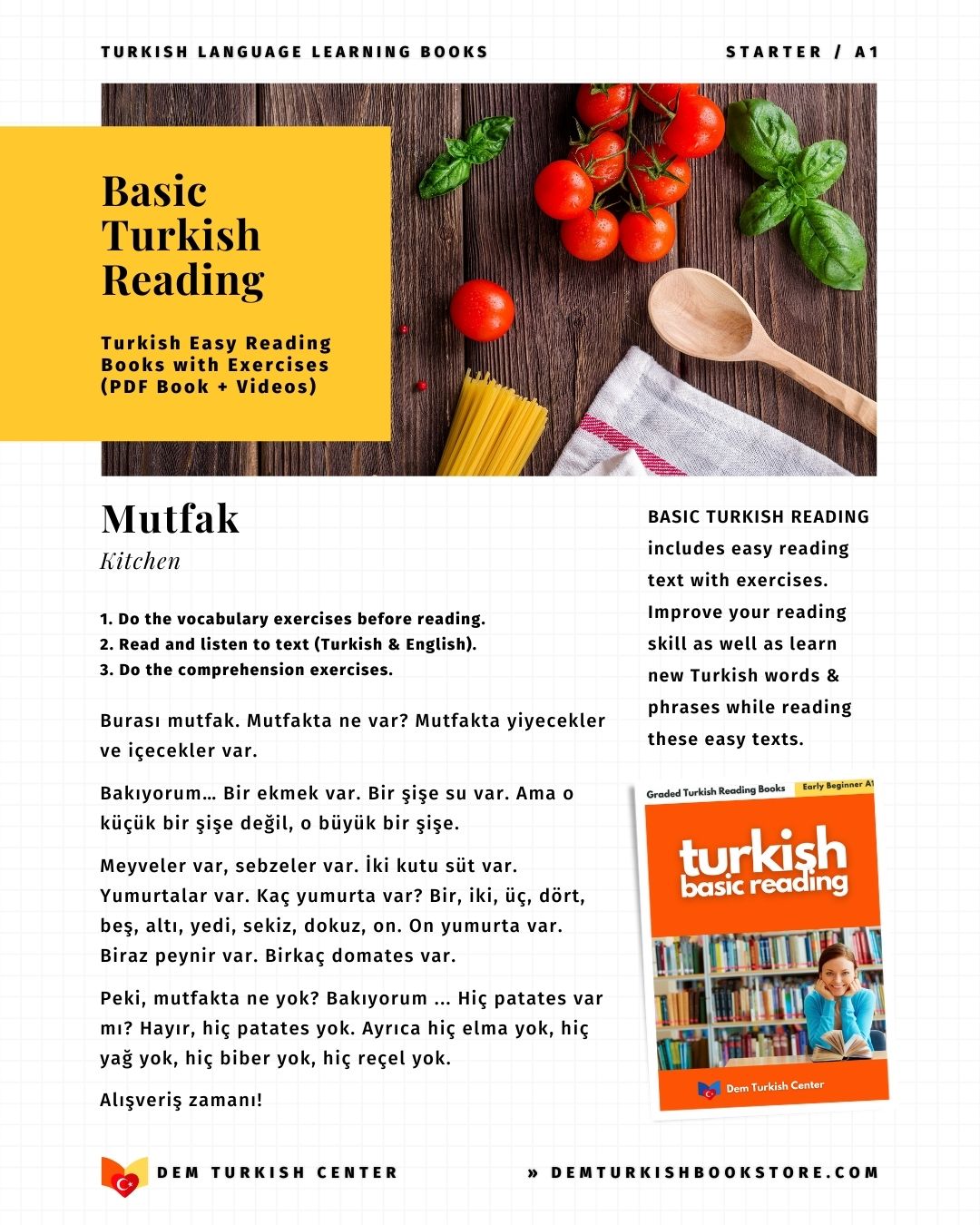
20 Simple Turkish Grammar Tips To Get Started in Turkish
Learning Turkish can be an exciting journey! The language is rich in history, culture, and structure. Turkish grammar, while different from English, has a logic that becomes easier to grasp once you understand its basics.
20 basıc TURKISH GRAMMAR TIPS
Here are 20 simple tips to get you started:
1. Understand The Vowel Harmony in Turkish
Turkish uses vowel harmony, which means vowels in a word must harmonize with each other.
Learn the vowel harmony in Turkish language!
2. Master the Suffix System in Turkish
Turkish is an agglutinative language, meaning you add suffixes to root words to change their meaning or grammatical role. For instance, “ev” (house) becomes “evler” (houses).
3. Learn the Basic Word Order in Turkish
The standard word order in Turkish is Subject-Object-Verb (SOV). For example:
- English "I am drinking water."
- Turkish "Ben su içiyorum."
Learn the word order in Turkish language!
4. Pronouns Are Often Optional in Turkish
Turkish verbs already include information about the subject, so pronouns like “I” or “you” are not always necessary.
For example: "Eve gidiyorum (Instead of "Ben eve gidiyorum). I am going home.
Learn the pronouns (persons) in Turkish language!
5. Get Comfortable with Consonant Mutation
Some consonants change when you add suffixes.
For example: "kağıt" (paper) becomes "kağıdı (the paper)" in the accusative case.
6. Learn Common Postpositions in Turkish
Turkish doesn’t use prepositions like English; instead, it uses postpositions that follow nouns. Examples include, "ile" (with), "icin" (for), "üstünde" (on).
7. Memorize Case Endings in Turkish
Turkish nouns change their endings based on their grammatical case:
- Nominative ev (house)
- Accusative evi (the house)
- Dative eve (to the house)
- Locative evde (in the house)
- Ablative evden (from the house)
- Genitive evin (of the house)
Learn the nouns cases in Turkish language!
Download Turkish worksheets and learn and practice the noun cases in Turkish!
8. Learn Negative Constructions in Turkish
Adding – me / ma makes a verb negative. For example:
- Positive "Ben gidiyorum" (I am going).
- Negative "Ben gitmiyorum" (I am not going).
Download Turkish worksheets and learn and practice the negative statements in Turkish!
9. Practice Question Formation in Turkish
Questions in Turkish often use the question particle "mi" or its variations (mi / mü / mı / mu):
- Statement "Sen gidiyorsun" (You are going).
- Question "Sen gidiyor musun?" (Are you going?)
Download Turkish worksheets and learn and practice the basic questions in Turkish!
10. Focus on Possession Suffixes in Turkish
To show possession, Turkish adds suffixes to nouns. For example:
- My house - "Ev-im"
- Your house - "Ev-in"
- Her houses - "Ev-i"
11. Verb Tenses Are Suffix-Based in Turkish
Turkish tenses are expressed through suffixes:
- Present Continuous Tense “-ịyor” (Ben geliyorum: I am coming).
- Past Tense “-di” (Ben geldim: I came).
Download Turkish worksheets and learn and practice basic verb tenses in Turkish!
12. Learn Reflexive Verbs in Turkish
In Turkish, reflexive verbs often include the suffix – l and - n.
13. Use "Var" and "Yok" for Existence
These two words are essential for expressing existence:
- Var = "There is" and "Have".
- Yok = "There isn’t" and "Don't have".
14. Recognize Borrowed Words in Turkish
Turkish has borrowed many words from Arabic, French, and Persian. Recognizing these can make vocabulary building easier.
15. Immerse Yourself in Daily Phrases
Start with simple phrases like:
- Merhaba (Hello)
- Nasılsınız? (How are you?)
- Teşekkürler (Thank you).
16. Understand Compound Words in Turkish
Many Turkish words are compound words. For example, "günaydın" (good morning) combines "gün" (day) and "aydın" (bright).
Learn the compound nouns in Turkish language!
17. Use the Definite Accusative Case
When referring to a specific object, use the accusative case. For example:
- Ben bir film izliyorum. I am watching a film.
- Ben filmi izliyorum. I am watching the film.
Download this worksheet and learn the definite object (THE) in Turkish!
18. Learn How to Use Gerunds in Turkish
Gerunds in Turkish are created with suffixes like "-mek" or "-ma." For example:
- Ben çay içmek istiyorum. I want to drink tea.
- Ben çay içmeyi seviyorum. I like drinking tea.
19. Adopt the Habit of Sentence Stress
In Turkish, the most important part of the sentence often comes last. This helps emphasize what’s most critical.
20. Practice with Native Speakers
The best way to master Turkish grammar is through practice. Engage with native speakers or language exchange partners to solidify your understanding.
Improve your Turkish with Turkish practice classes online!
By focusing on these foundational grammar tips, you’ll build a strong base for learning Turkish.
Happy learning, or as they say in Turkish, “İyi öğrenmeler!”













